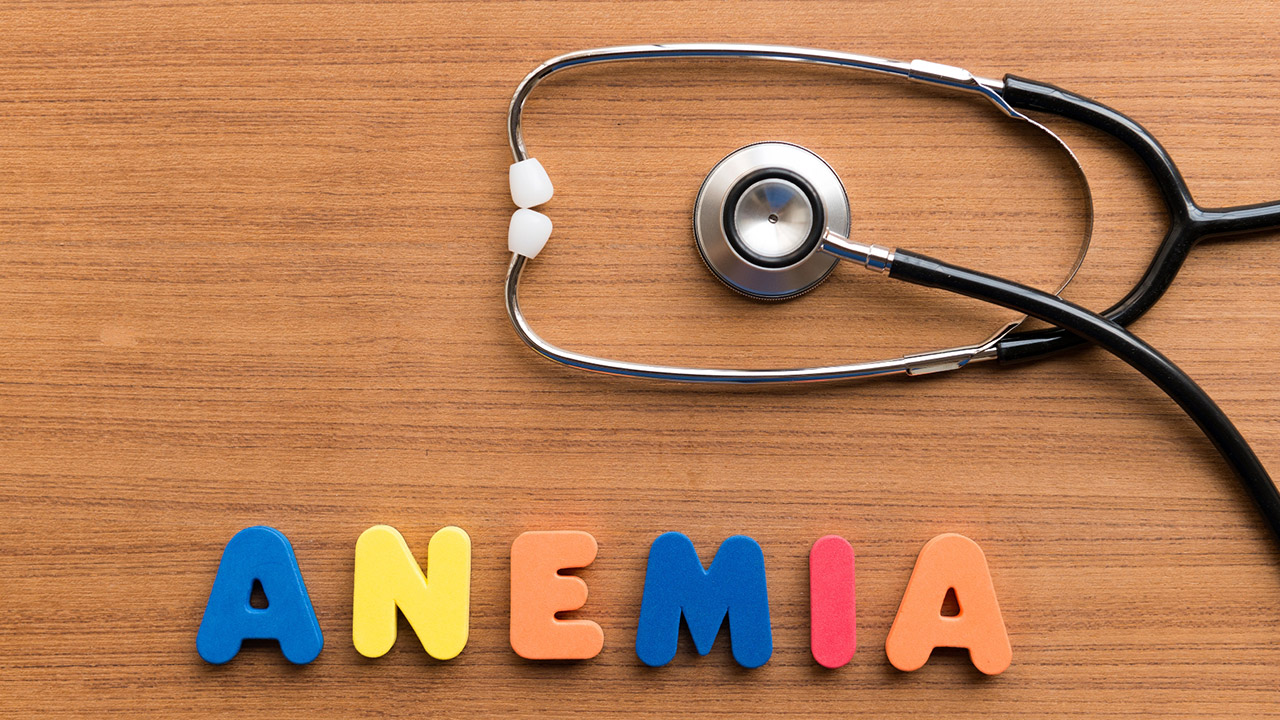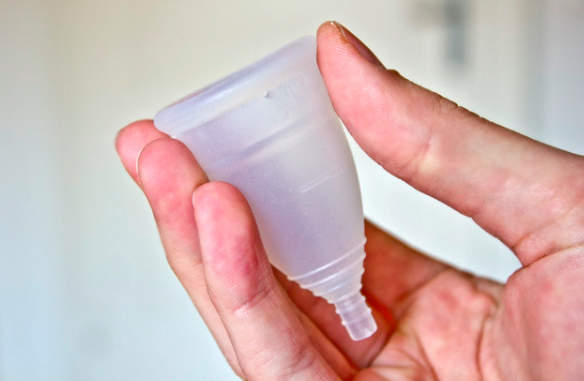Recent studies have shown that over the last 40 years, girls in the United States are entering puberty at a younger age. Since early puberty has been linked to an increased risk of a variety of health problems including breast cancer and certain psychopathologies, the trend raises questions about the contributing factors to this phenomenon.
Between the mid-19th and -20th centuries, the average age of menstruation declined sharply in the U.S. from age 17 to 13, with similar trends appearing in Europe. Over the last 50 years, the average age of girls reaching their first menstruation has continued to fall. According to breastcancerfund.org, studies have shown Caucasian girls now begin menstruating at 12.6-years-old, while Latin-American girls reach menarche or menstruation at an average age of 12.2. African-American girls are reaching menstruation the earliest with an average age of 12.1.
The onset of menarche is one of three key milestones that defines puberty, with the other two being thelarche (breast budding) and pubarche (the development of pubic hair, body odor, and oily skin).
Certain chemicals called endocrine disruptors can interfere with natural hormonal production and cause the body to mature at a faster rate. Two of these compounds are leptin, a natural hormone produced by body fat which induces the release of estrogen, and melatonin, a natural compound that regulates sleep patterns. However, the exact role in which melatonin interacts with sexual maturation is still being investigated.
A combination of natural endocrine disruptors and over-exposure to other chemicals prevalent in the environment such as phthalates, bisphenol A (BPA), and pesticides have also shown to cause early puberty. Therefore, early sexual maturation is considered to be an “ecological disorder.”
Potential risk factors for early puberty include:
• Excess body fat and obesity
• Exposure to BPA, pesticides and hormonal chemicals found in non-organic meat and dairy
• Low birth weight
• Premature birth
Some additional factors to early menstruation are still being investigated:
• Family dysfunction
• Absence of father
• Formula feeding in infancy
• Physical inactivity
Early puberty has physical health risks in addition to psychological risks. Women who reach sexual maturation too soon have higher risk of breast cancer and polycystic ovarian syndrome (PCOS). Girls who develop earlier are also more likely to exhibit self-destructive behaviors, suffer from depression, anxiety, eating disorders, and adjustment disorders, and become victims of violence. Studies have also shown that these women are more prone to partake in high-risk behaviors such as smoking, drinking, drugs, crime and unprotected sex.
Efforts should be made to prevent the early onset of menarche and puberty so young women’s bodies and emotional maturity can develop at the same rate.
How can you to prevent early onset of menarche:
• Tackle childhood obesity by promoting exercise and eliminating high-calorie, low-nutrient foods in the diet in favor of fresh and healthy produce and fiber
• Limit girls’ exposure to environmental chemicals such as phthalates or BPA, which can be found in plastics and other consumer packaging, pesticides found in non-organic fruits and vegetables, and hormones used in the production of non-organic meat and dairy.
• Lower rates of preterm and low-weight births by encouraging mothers to have good nutrition and prenatal care, and by eliminating their exposure to tobacco smoke, chemical solvents, sources of air pollution and mercury contamination.
• Encourage community-based solutions for lowering psychosocial, socioeconomic and environmental stressors that disproportionately affect poor and minority communities.
There is still some debate as to whether the declining age of menarche and puberty is a true phenomenon due to the lack of historical data and contrary findings in other countries. However, it is the opinion of most endocrinologists that the decline is an ongoing phenomenon, and much research and further monitoring will need to continue.
References
http://www.breastcancerfund.org/assets/pdfs/publications/falling-age-of-puberty.pdf




Add a CommentComments
There are no comments yet. Be the first one and get the conversation started!